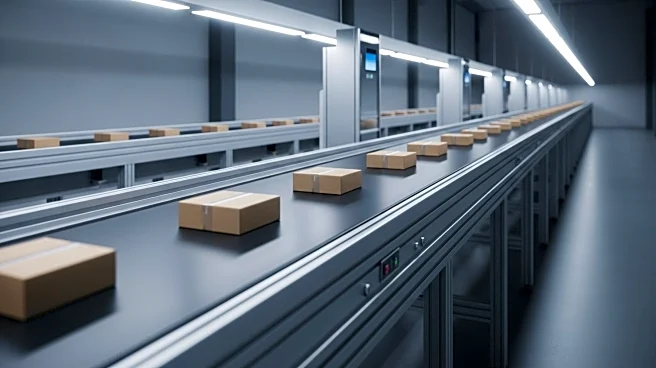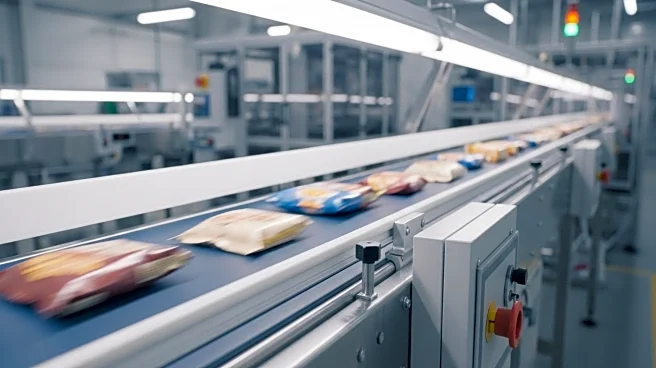What's Happening?
WireCrafters has successfully reduced its quote-to-production handoff time by 40% through the integration of cloud-based systems, eliminating duplicate data entry and workflow bottlenecks. The company's approach to digital transformation has been highlighted in Autodesk's 2025 State of Design & Make report, which emphasizes the benefits of digital tools in automating workflows, enhancing collaboration, and uncovering new business opportunities. Digitally mature companies, according to the report, are more likely to diversify supply chains, improve talent retention, and achieve significant gains in customer satisfaction and productivity. The report underscores that while technology plays a crucial role, the majority of value comes from supporting people and optimizing processes during the transition.
Why It's Important?
The significance of WireCrafters' digital transformation lies in its ability to enhance productivity and profitability amid global instability, talent shortages, and rapidly evolving technologies. By adopting digital tools, companies can streamline operations, reduce manual effort, and minimize errors, leading to better margins and the ability to handle more work with the same headcount. This transformation is crucial for manufacturing operations to remain viable and competitive. The report suggests that digitally mature companies outperform their peers on various metrics, including supply chain diversification and talent retention, highlighting the importance of digital transformation in achieving long-term success.
What's Next?
For companies looking to start or accelerate their digital transformation, the report recommends beginning with specific business challenges such as quoting delays or siloed data. Partnering with experienced technology advisors who understand the industry can tailor solutions accordingly. As demonstrated by WireCrafters, even targeted automation initiatives can unlock significant gains and provide a foundation for further scaling. The focus should be on empowering employees to do more with less, rather than overwhelming them with technology.











